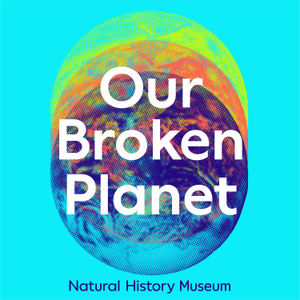
Our Broken Planet
The Natural History Museum, London
Deep down and dirty? Mining for a sustainable future
AUG 15, 202344 MIN

Deep down and dirty? Mining for a sustainable future
AUG 15, 202344 MIN
Description
A more sustainable future lies within reach. One where human societies are powered by wind and solar energy, leaving behind dirty, climate-changing fossil fuels in the past. Sounds good right? But with many tonnes of rare earth metals needed to manufacture just one wind turbine, switching to this greener way of life likely means more mining – and lots of it – at least in the short term. But where and how could we get these metals while causing the least possible harm to people and planet? Khalil meets scientists and campaigners to find out: Why are some people so interested in mining the deep sea? What lives on the ocean floor and what would happen to it if mining got the green light? How can science help reverse the long-term damage caused by mining? Contributors: Richard Herrington, research lead for resourcing the green economy at the Natural History Museum Adrian Glover, Natural History Museum Merit Researcher specialising in deep-sea biodiversity Louisa Casson, Global Project Leader for Greenpeace's Stop Deep Sea Mining campaign Have your say: Join the conversation on social media using #OurBrokenPlanet and tag us: Instagram: @natural_history_museum Twitter: @NHM_London TikTok: @its_NHM Learn more about how you can take action for nature and find additional resources at www.nhm.ac.uk/podcast